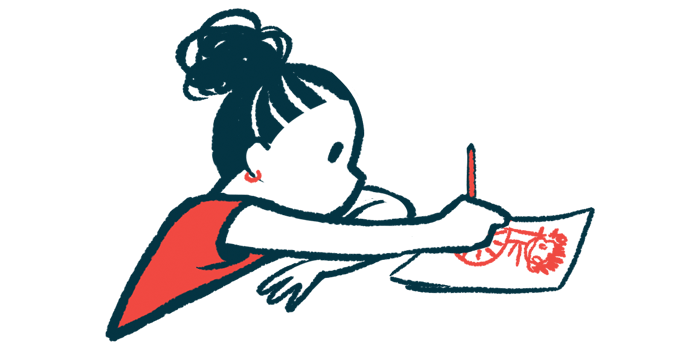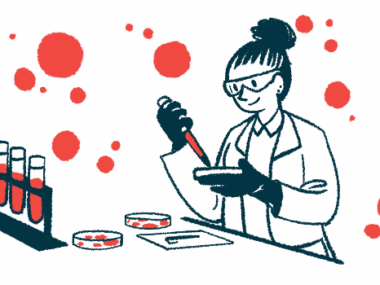Texas hospital uses Kebilidi gene therapy to treat 3-year-old girl
Child with AADC deficiency is showing 'increased energy and happiness'
Written by |

A 3-year-old girl with aromatic l-amino acid decarboxylase (AADC) deficiency successfully received the gene therapy Kebilidi (eladocagene exuparvovec-tneq) without complications at Texas Children’s Hospital.
“Before now, AADC deficiency was a hopeless diagnosis,” Daniel J. Curry, MD, the neurosurgeon who performed the surgery and the director of the neuro-infusion service at Texas Children’s, said in a hospital news story. “With this treatment, we’ve entered a whole new era where we can deliver solutions to formerly untreatable genetic problems.”
The therapy will likely take several months to make a measurable difference in the girl’s condition, but she is “already showing signs of increased energy and happiness,” Curry said.
In AADC deficiency, mutations in the DDC gene cause a deficiency in the AADC enzyme, which leads to problems in the production of brain signaling molecules — neurotransmitters such as dopamine and serotonin. As a result, people with these mutations develop neurological defects and symptoms in the first year of life that can include difficulty moving, cognitive issues, and developmental delays.
Reversing AADC deficiency
Kebilidi last year became the first approved gene therapy for AADC deficiency in the U.S. The one-time treatment, which is sold as Upstaza in Europe, uses a harmless, genetically engineered virus to deliver a working copy of the DDC gene to nerve cells.
The treatment is administered directly into the brain through a surgical procedure, with the surgical team using brain scans to precisely target the putamen, an area where the AADC enzyme is found at its highest levels, and which is involved in learning and movement control. Patients receive four infusions during a single minimally invasive session.
Kebilidi’s approval in the U.S. was based partially on results from a Phase 2 clinical trial (NCT04903288) that tested it in 13 children with AADC deficiency at several sites in the U.S., Israel, and Taiwan.
“Texas Children’s was the largest contributor to the clinical trial in the U.S. that led to this drug’s approval,” said Curry, who also helped develop the Texas Children’s Intracerebral Gene Therapy Program with research into putamen-directed gene therapy administration for AADC deficiency.
An analysis of data from several clinical trials showed the therapy resulted in meaningful motor function improvements for 86% of participants a year and a half after treatment.
In the Texas Children’s case, the girl started having symptoms at 7 months, when she had difficulty holding up her head, along with other problems with motor control. A diagnosis was genetically confirmed when she was 18 months, but Kebilidi only became available at Texas Children’s recently. Until then, the girl received medication and physical therapy to manage the condition.
The six-hour surgery to administer Kebilidi into the girl’s putamen was successful and “with no complications,” Curry said. “After a two-week stay in the hospital for follow-up care and monitoring, she and her family are now back home and feeling very optimistic.”
It may take two to six months for the benefits to be observed, Curry said.
In the future, people with other genetic diseases might also benefit from the techniques used to administer Kebilidi.
“With these exciting advancements in gene delivery and surgical precision, we can not only treat the root cause of diseases in the brain, but hopefully reverse them,” Curry said. “This will make a life-changing difference for so many patients.”






